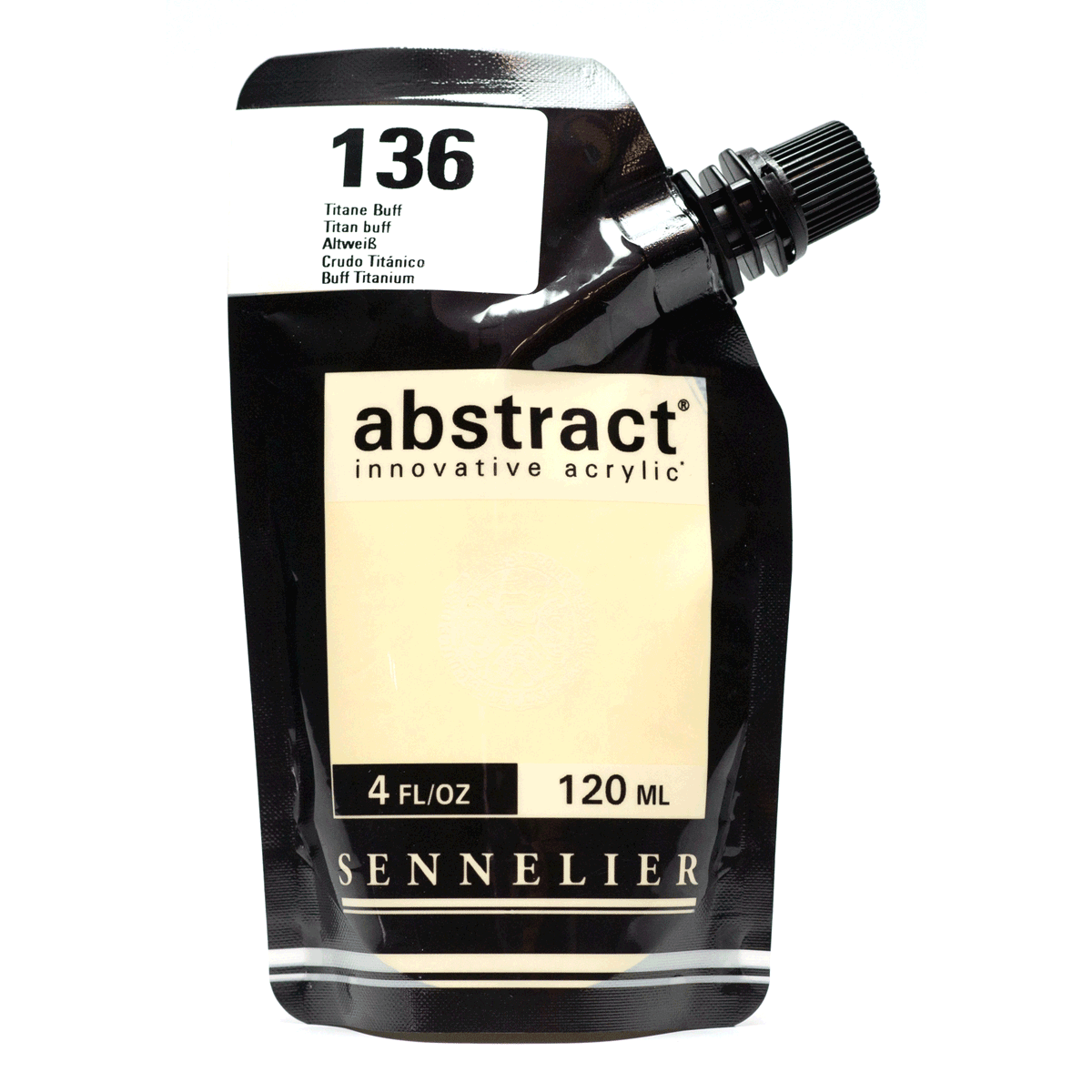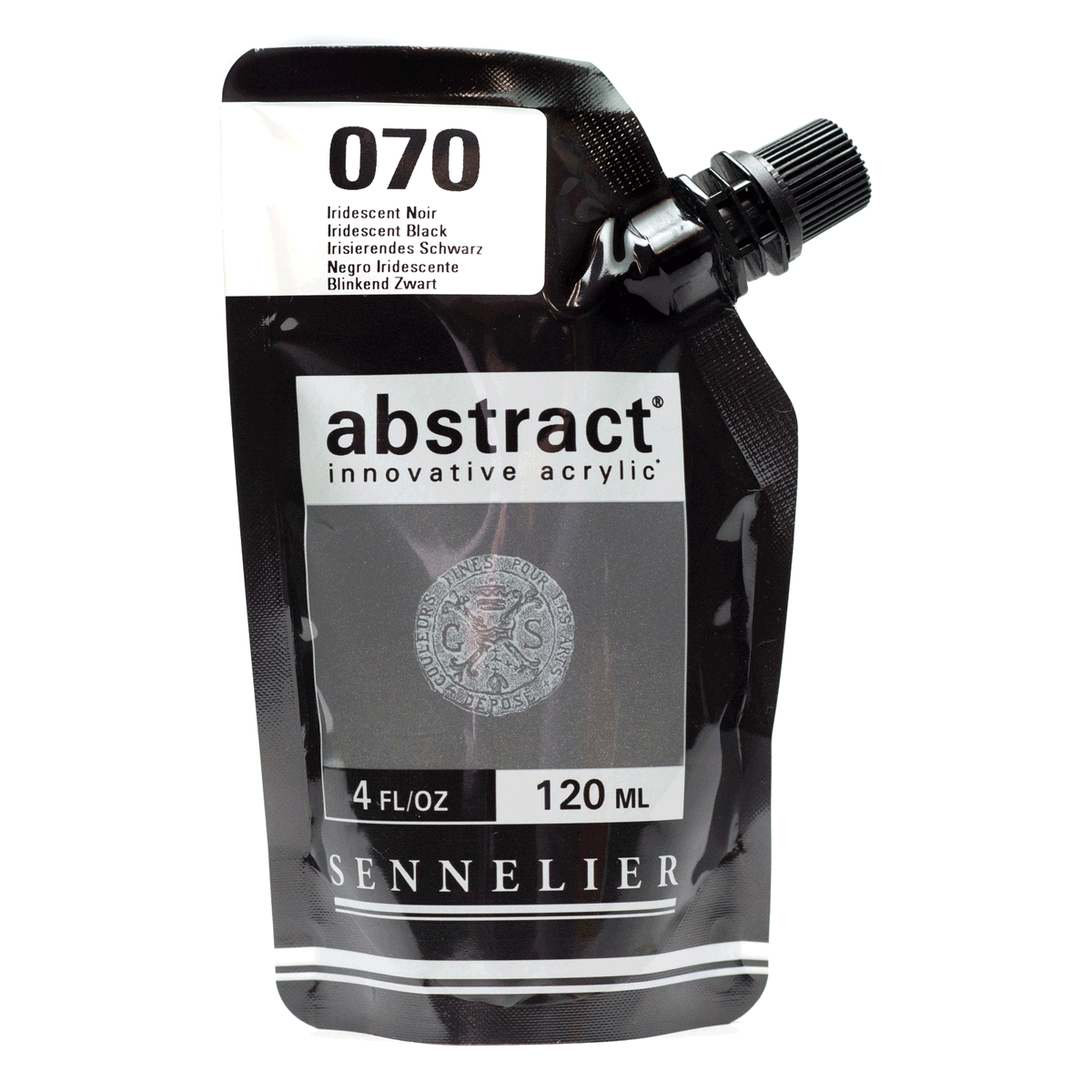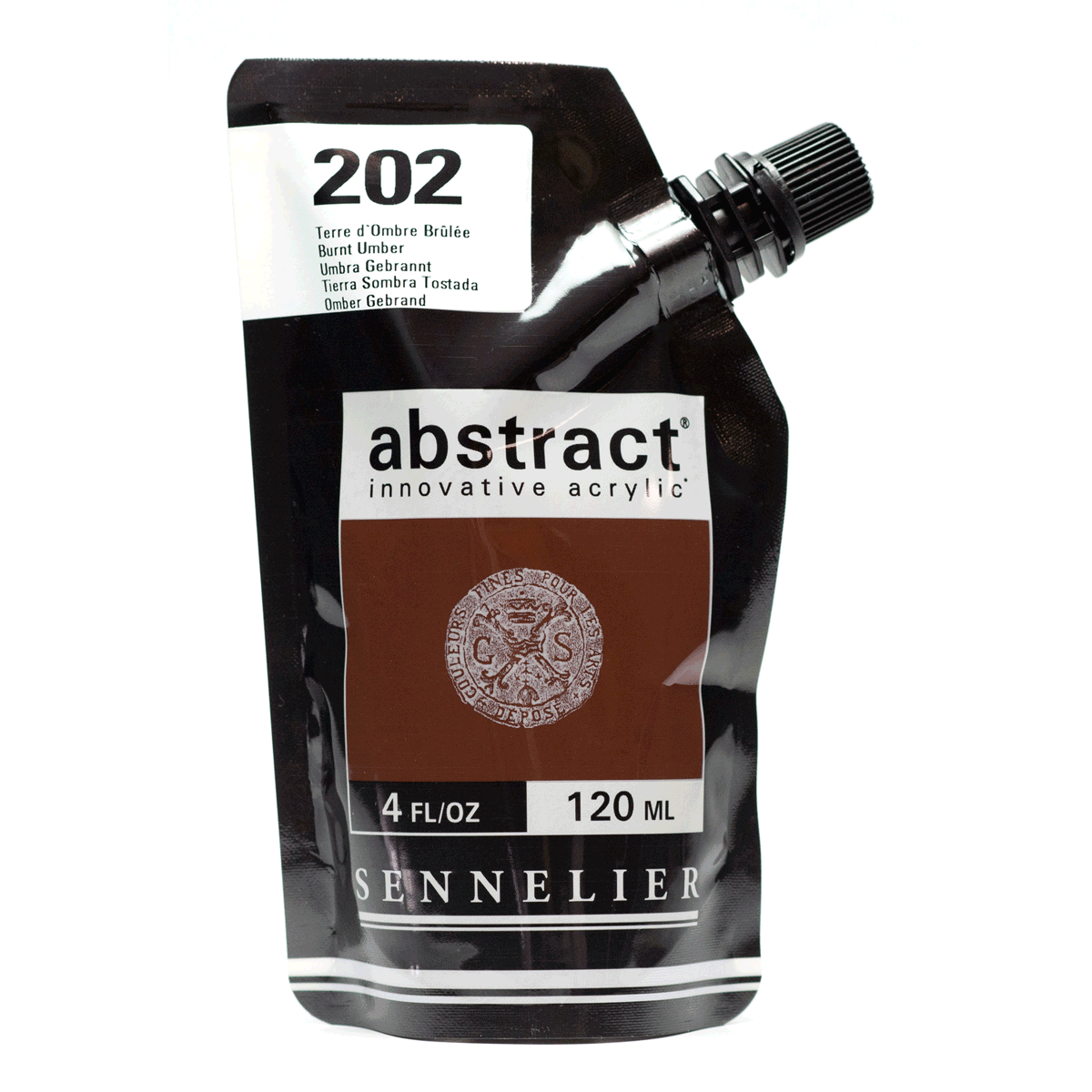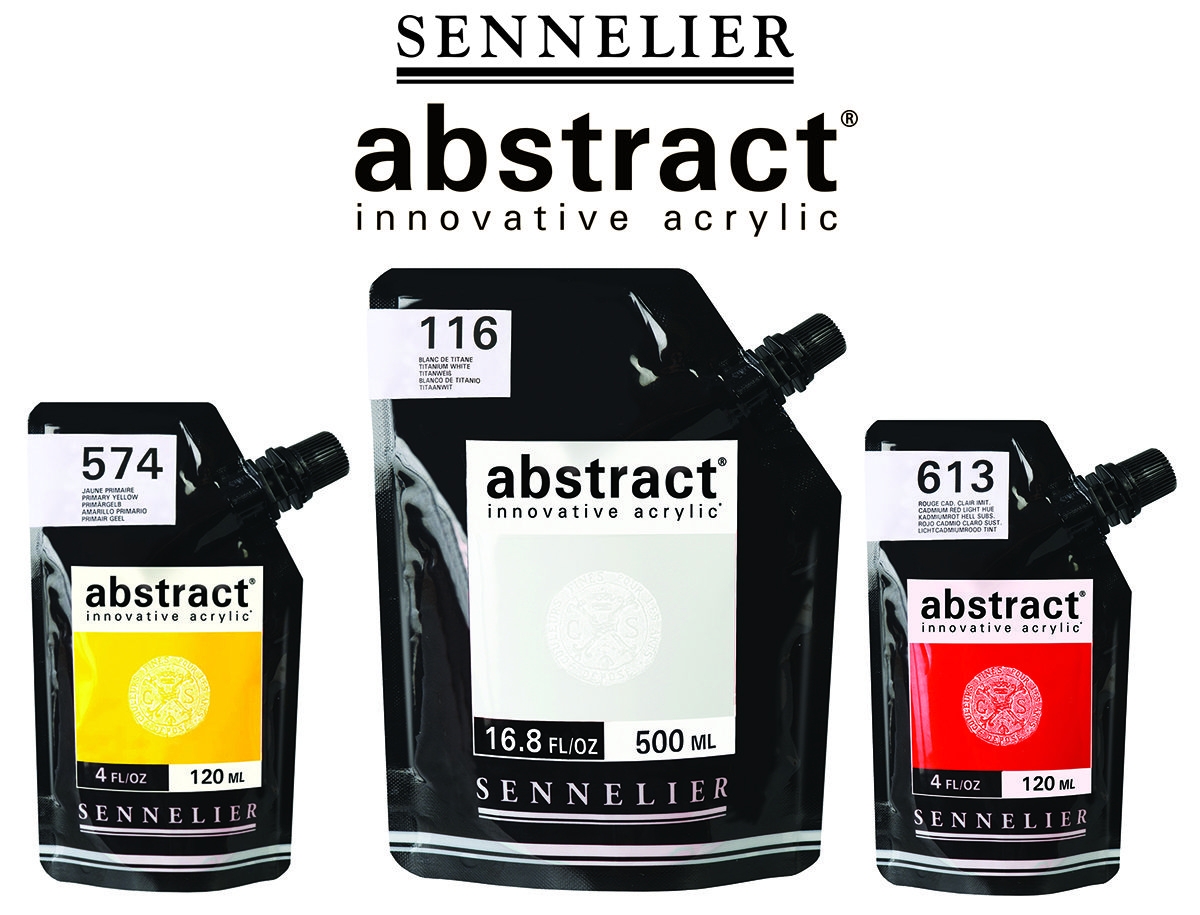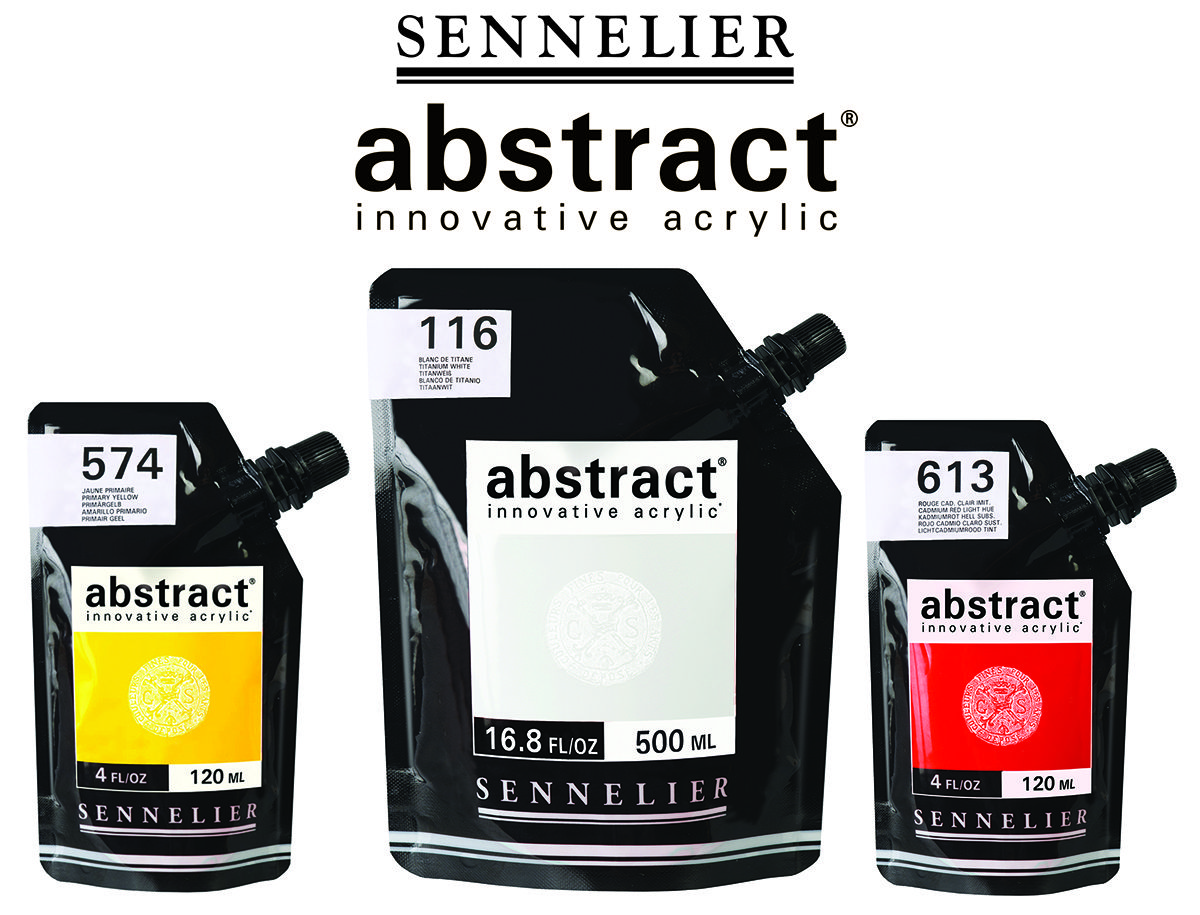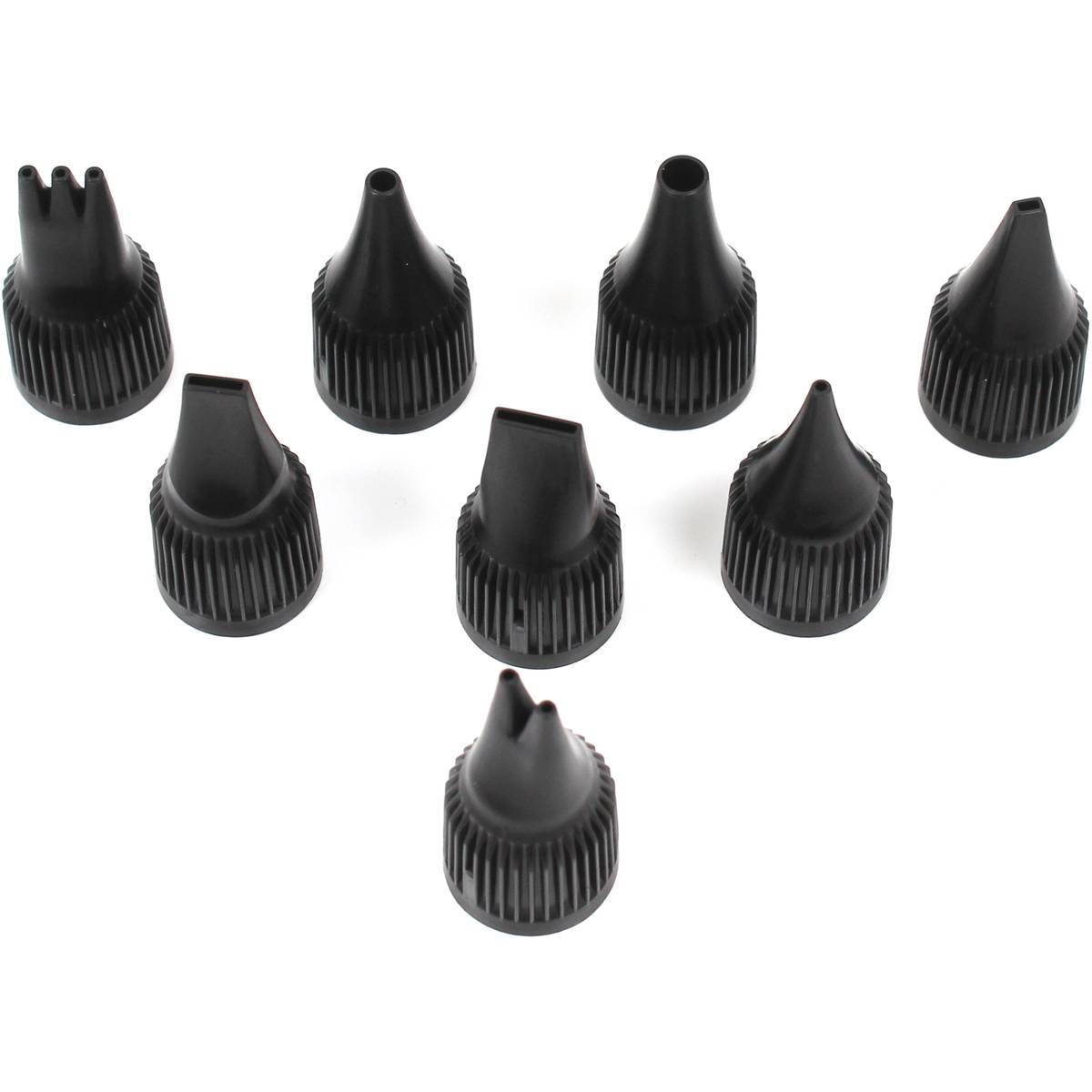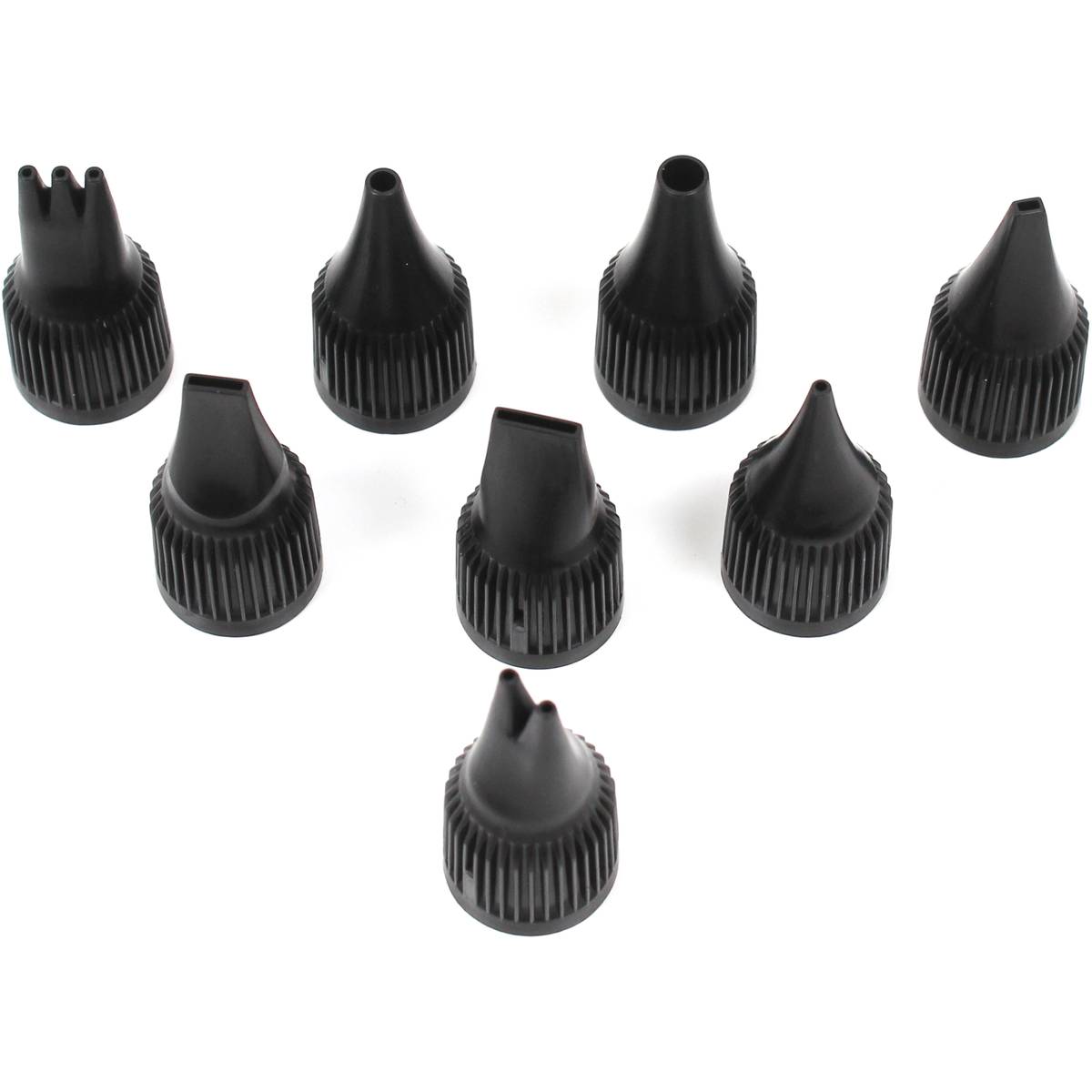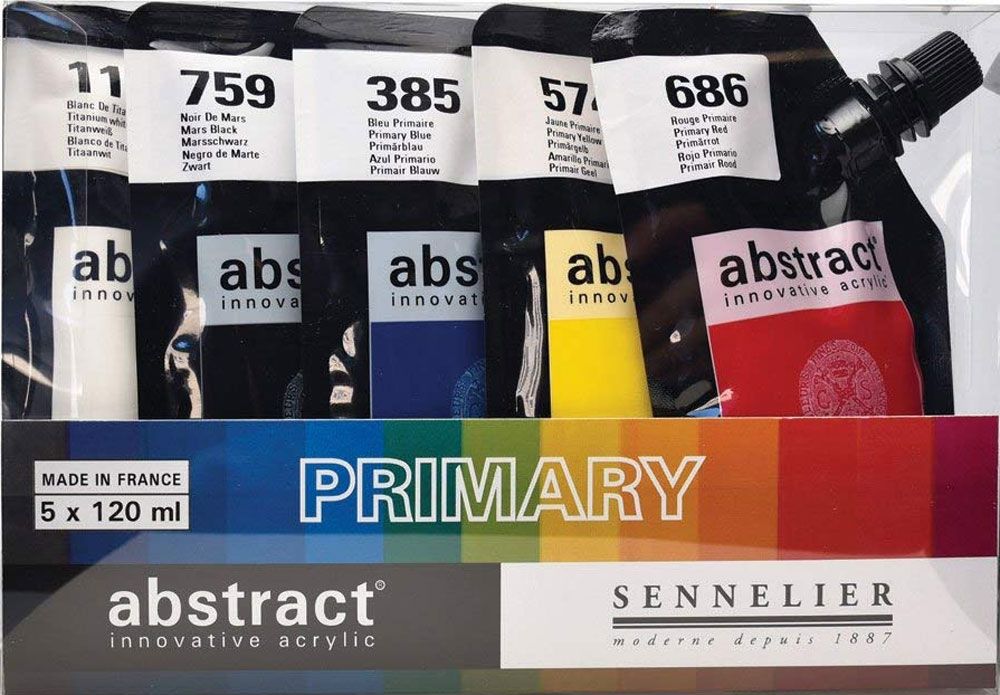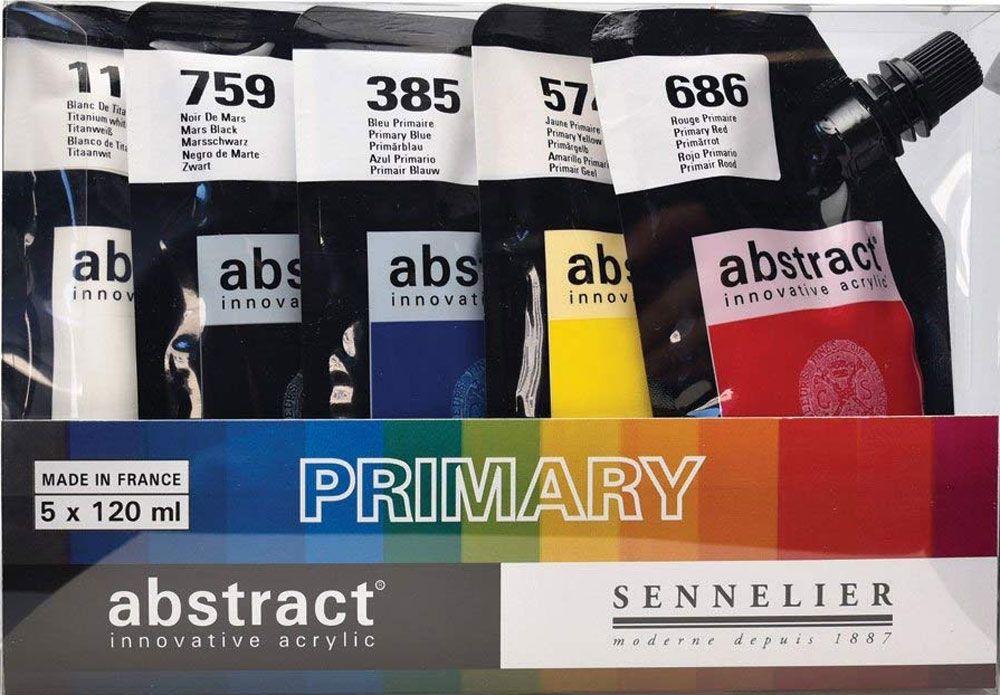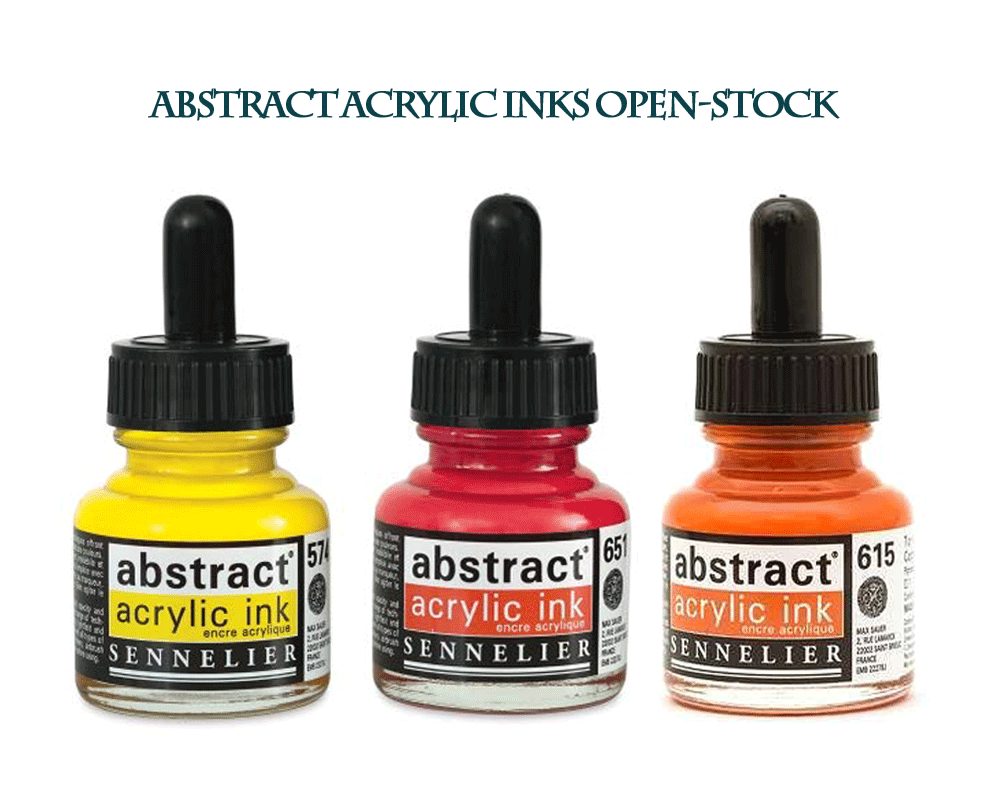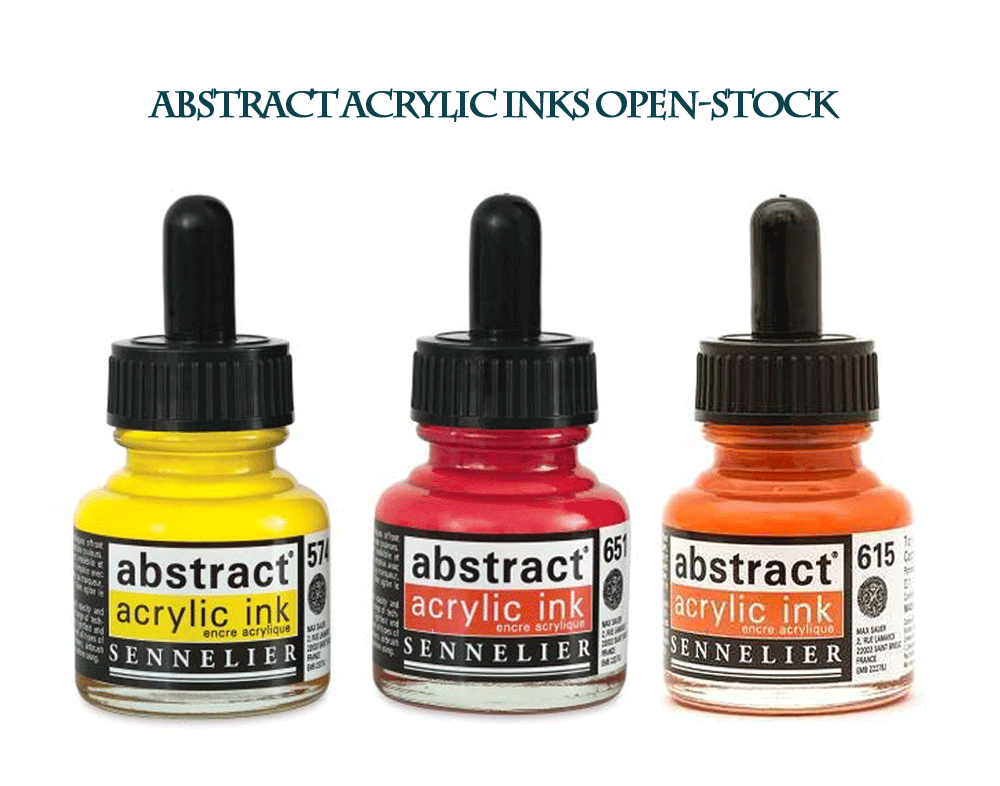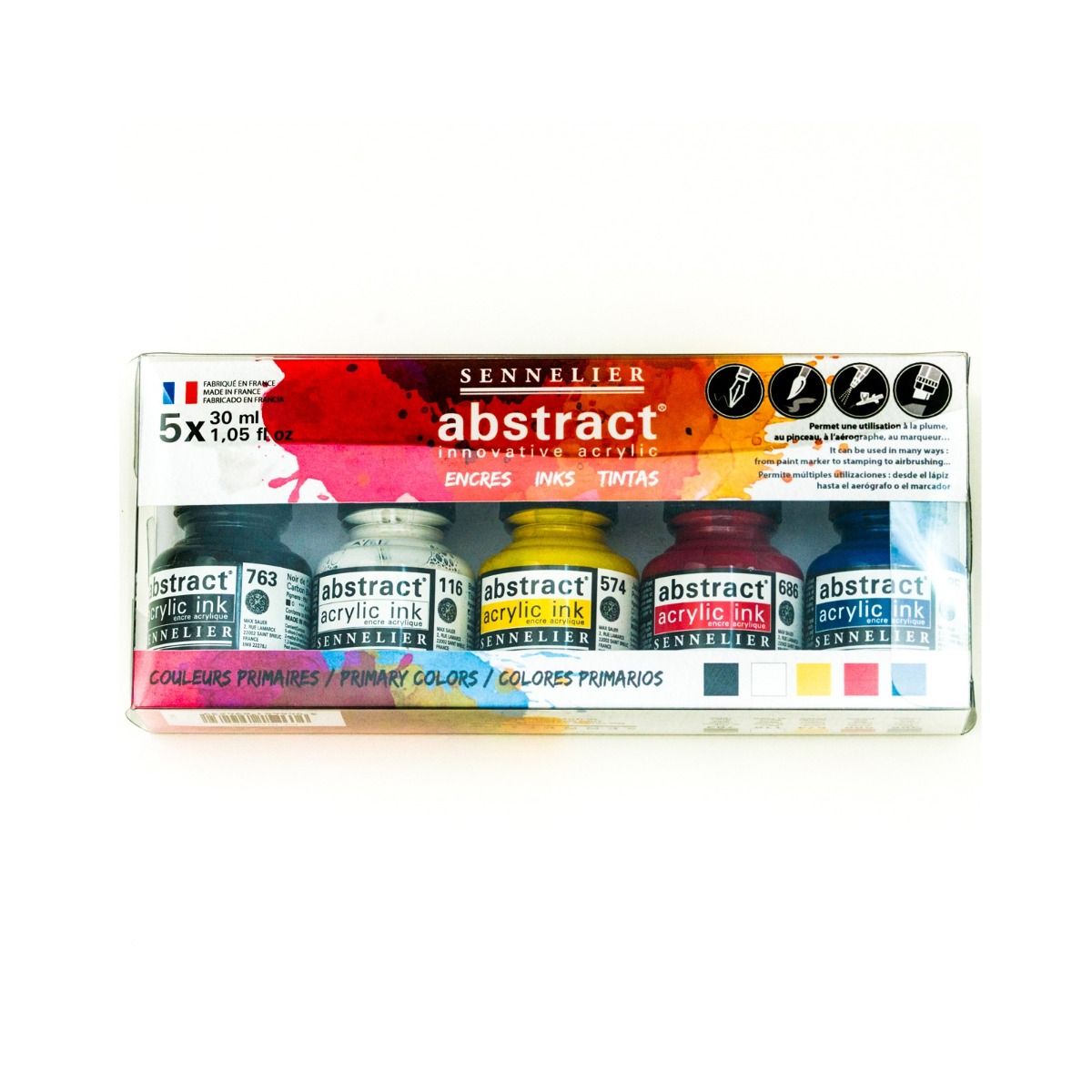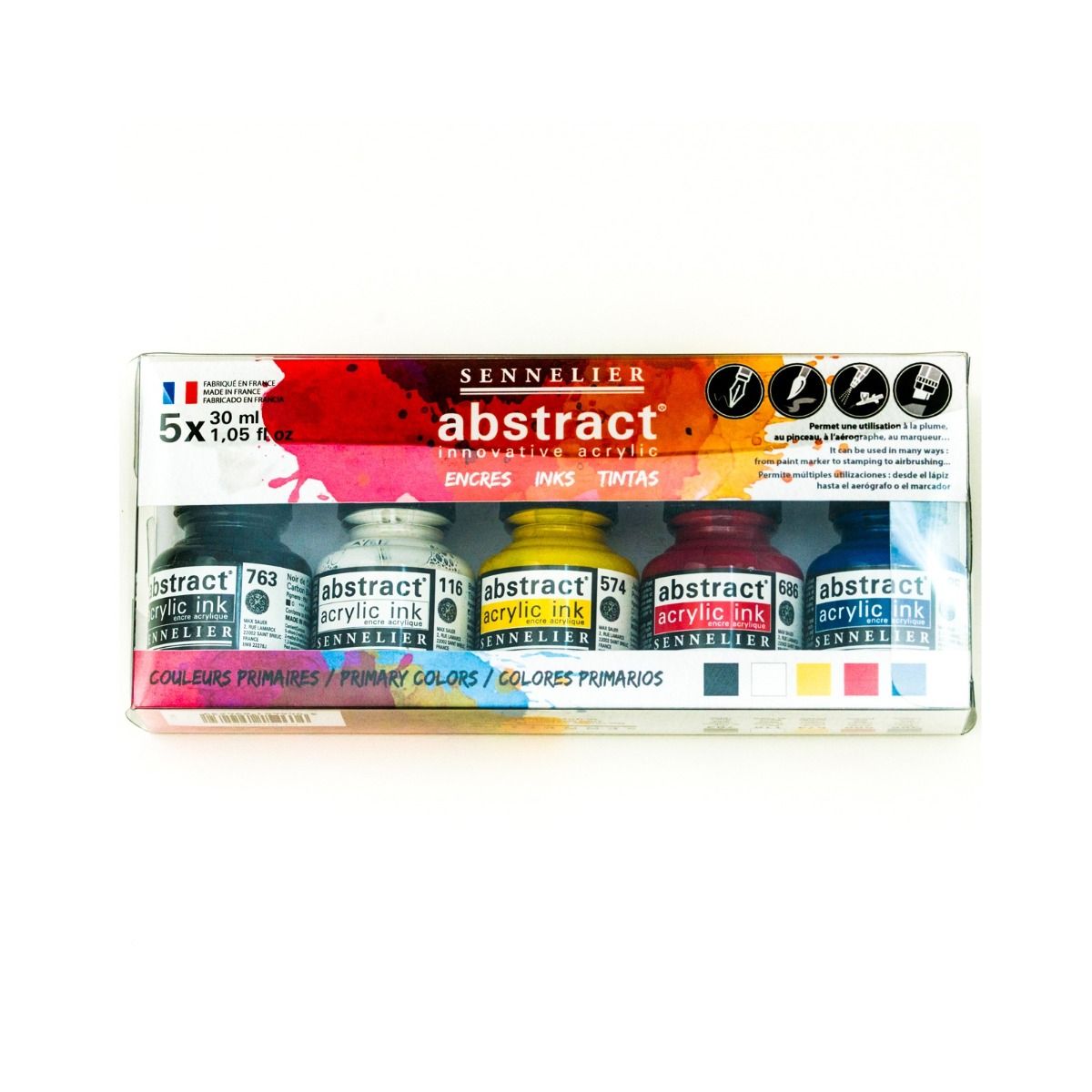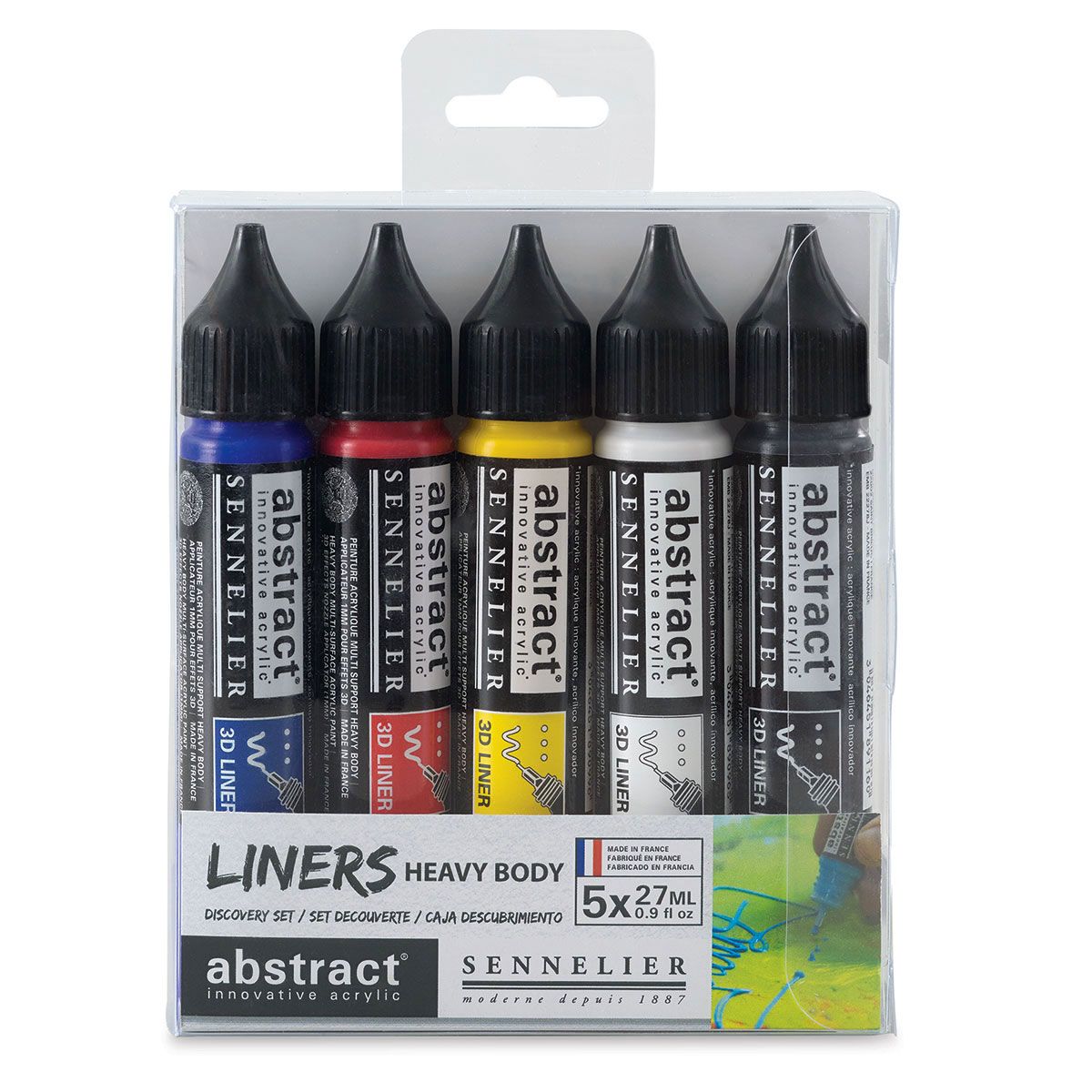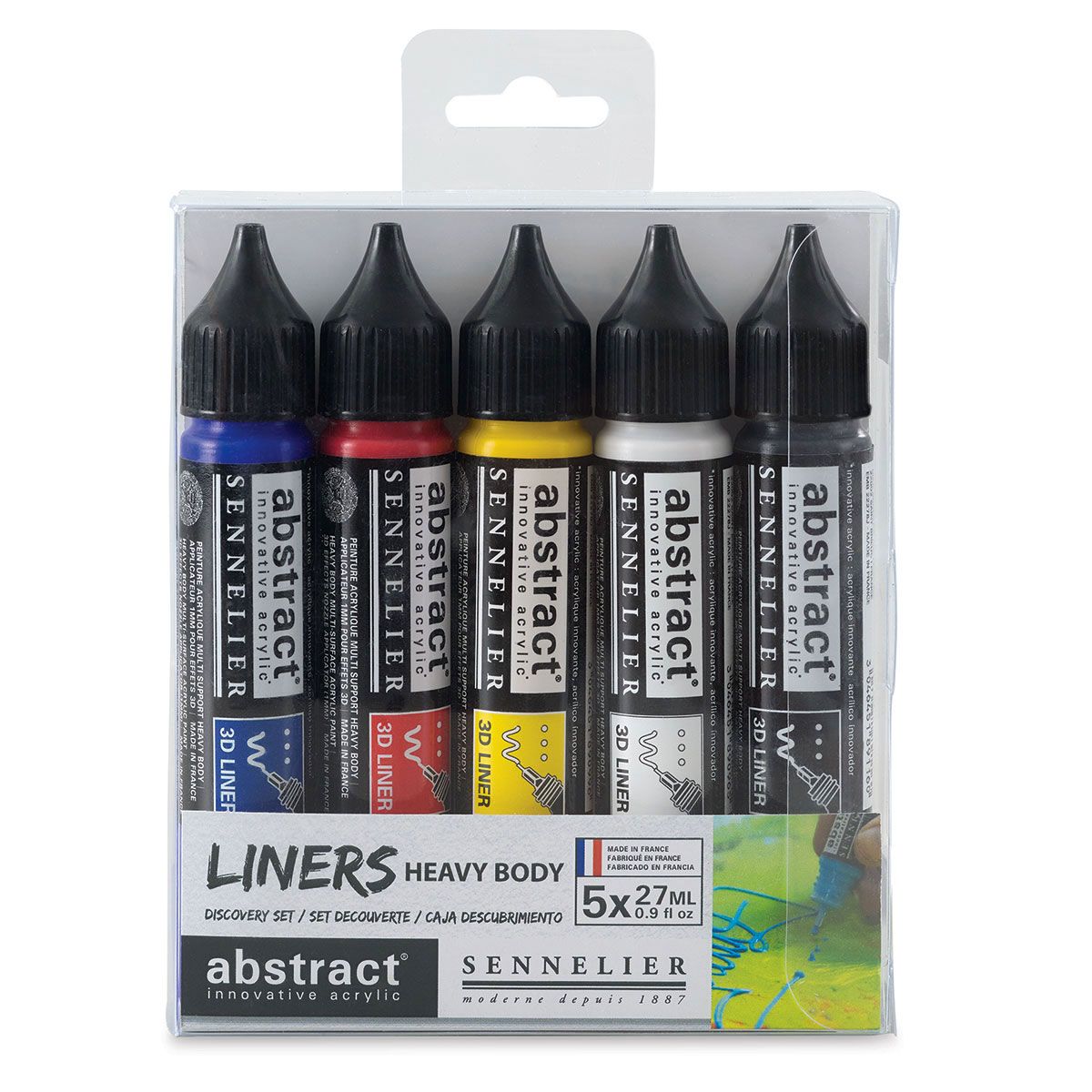Abstract Acrylic Pouch - Satin 136 Titan Buff 120ml
Use Buff Titanium to add a slight sunshiny glow to a landscape; Buff Titanium can do it without taking over the painting. In landscape, flora and wildlife to give a warm glow to clouds or as a base for sand, for fur in animals, to add warmth to white flowers and much more.
COMPOSITION AND PERMANENCE:
- Pigment Name: PBk7-Lamp Black; PY42-Mars Orange; PW6-Titanium White
- Pigment Type: Inorganic
- Lightfastness: I *** Very Good
- Opacity: Opaque
- Conforms to ASTM D5098-03
- Warning: no significant hazards
ONE THAT COMES IN A PACKAGING THAT IS INNOVATIVE, ELEGANT, HANDY AND FEELS RIGHT.
Use Buff Titanium to add a slight sunshiny glow to a landscape; Buff Titanium can do it without taking over the painting. In landscape, flora and wildlife to give a warm glow to clouds or as a base for sand, for fur in animals, to add warmth to white flowers and much more.
COMPOSITION AND PERMANENCE
Pigment Combination: PBk7-Lamp Black; PY42-Mars Orange; PW6-Titanium White
1 PIGMENT NAME: PBK7-LAMP BLACK
Pigment Type: Inorganic
Chemical Name: Carbon
Properties
Lampblack is a very opaque, heavily staining black pigment that does not have much covering or tinting power. It is typically the opaquest black in watercolour form. Though a very pure black, it tends to muddy slightly in mixtures. Natural sources may be brownish or bluish in tone because of impurities. When used in oil paints, it is one of the slowest drying pigments and should not be used in underpainting or applied in layers underneath other colours.
Permanence
Lamp Black is very lightfast and permanent. It is used in all techniques in permanent painting.
Toxicity
Carbon itself is not considered hazardous; however, other combustion products that are hazardous are often present as impurities when Lamp Black is produced from natural materials. For this reason, commercial preparations of the pigment should be considered.
History
Lamp Black is a carbon-based black traditionally produced by collecting soot (known as lampblack) from oil lamps. It has been used as a pigment since prehistoric times. It is the black found in Egyptian murals and tomb decorations and was the most popular black for fresco painting until the development of Mars Black.
2 Pigment Name: PY42-Mars Orange
Pigment Type: Inorganic, earth
Chemical Name: Iron oxide
Properties
Mars Orange is a bright, extremely light red and appears almost pinkish compared to darker colours. It has incredible tinting strength and opacity. The synthetic form of Mars Orange is made from iron oxides and is cleaner, brighter, and denser than its ochre-based counterparts.
Permanence
Mars Orange has excellent permanence and lightfastness.
Toxicity
Mars Orange has no significant hazards.
History
The word Mars refers to the Roman god of iron and war. Mars Orange has been manufactured as a pigment since the 17th century.
3 Pigment Name: PW6-Titanium White
Pigment Type: Inorganic
Chemical Name: Titanium dioxide
Properties
Titanium White is the most brilliant of the white pigments. It is considered an all-purpose oil colour useful in all techniques and the best all-around white. Its masstone is neither warm nor cool, placing it somewhere between Lead White and Zinc White. It is less prone to cracking and yellowing than Lead White, but it still yellows easily. Titanium White dries slowly in oil form, more slowly than Lead White but more quickly than Zinc White. It is opaque in oil and acrylic forms and semi-opaque in watercolour form. This pigment has good chemical stability, and its tinting strength is superior to both Lead White and Zinc White.
Permanence
Titanium White has excellent permanence and lightfastness.
Toxicity
Titanium dioxide is highly stable and is regarded as completely non-toxic. Animal studies do not indicate that it is absorbed biologically, even after long periods of exposure. The primary safety concern is with inhalation of fine pigment dust particles.
History
Titanium is the ninth most abundant element in the Earth's crust. However, mineral deposits that are economical to mine are less common. Titanium dioxide was first discovered in 1821, although it could not be mass-produced until 1919. Widespread use of the pigment began in the 1940s. Since that time, it has become the most commonly used white pigment. The name comes from the Latin word Titan, the name for the elder brother of Kronos and the ancestor of the Titans, and the Greek word tito, meaning day or sun.
| Brand | Sennelier |
|---|---|
| Country of Manufacture | France |
| Type of Store Credit value | Select |










